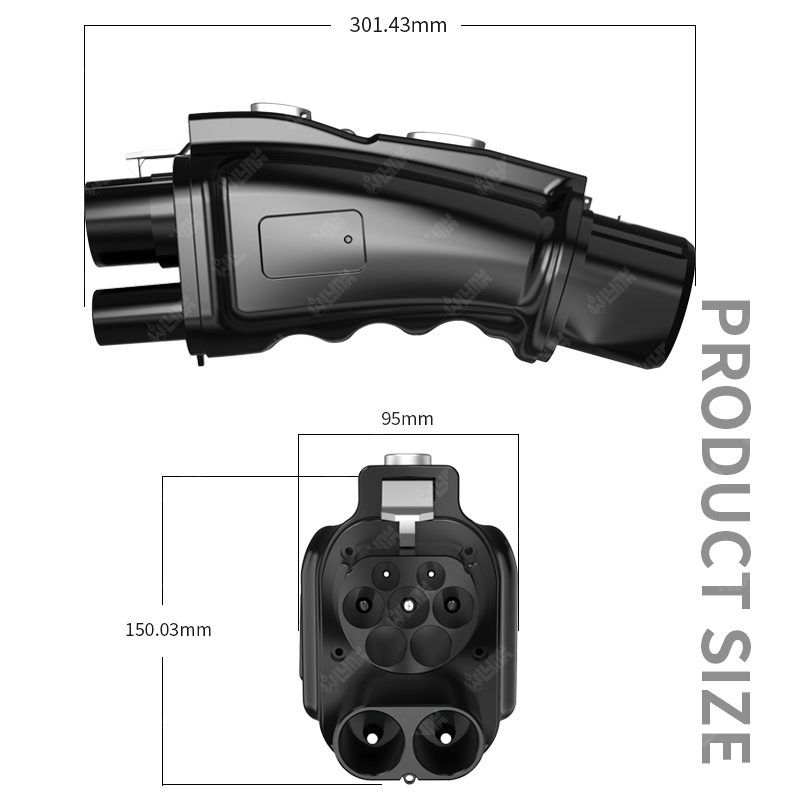
As Europe rapidly transitions towards a sustainable electric future, competition in the EV market is intense. Among the many competitors, Nissan has secured a significant position with its innovative EV products. Despite challenges from standardization and market dynamics, Nissan continues to grow in Europe by focusing on two key factors critical to EV success: charging convenience and adaptability.
Charging Convenience: The Key to Nissan’s Success
Charging convenience is at the heart of Nissan’s strategy in Europe. Nissan has long been a strong supporter of the CHAdeMO charging standard, which provides fast and reliable charging for flagship models like the Nissan LEAF. In Europe, thousands of CHAdeMO-compatible charging stations remain operational, offering Nissan EV owners a stable charging network.
Moreover, Nissan has embraced CCS2, the charging standard becoming mainstream in Europe. By introducing dual-standard models supporting both CHAdeMO and CCS2, Nissan ensures its vehicles remain compatible with the expanding CCS2 infrastructure while meeting the needs of existing CHAdeMO users. This dual compatibility significantly enhances the convenience and flexibility of owning a Nissan EV in Europe.
Adapting to an Evolving Charging Landscape

The emergence of CCS2 to CHAdeMO adapters has had a significant impact on Europe’s charging infrastructure. These adapters allow vehicles equipped with CHAdeMO interfaces to charge at CCS2 stations, alleviating the inconvenience caused by the declining number of CHAdeMO charging points. For brands like Nissan, which have long supported the CHAdeMO standard, the introduction of such adapters offers their customers greater charging options and enhances vehicle compatibility.
By using OLINK CCS2 to CHAdeMO, Nissan drivers can seamlessly access the rapidly growing CCS2 network. This not only improves charging convenience but also keeps CHAdeMO-compatible vehicles competitive in Europe. Furthermore, the widespread adoption of these adapters promotes greater integration of charging infrastructure, reducing drivers’ reliance on specific charging standards.
The widespread use of these adapters has also led to shifts in the market and user behavior. On one hand, charging service providers are prioritizing multi-standard solutions to attract a broader user base. On the other hand, drivers are demanding more adaptable vehicles, making adapters an essential tool for extending the lifespan of existing vehicles. These changes create favorable conditions for brands like Nissan to continue thriving in Europe.
Driven by policies to standardize charging infrastructure and simplify the user experience, Europe’s charging landscape is evolving rapidly. Nissan has demonstrated exceptional adaptability by aligning its EVs with these changes. The company’s new models feature CCS2 interfaces, ensuring seamless integration with the expansive CCS2 charging network supported by European automakers and policymakers.

Additionally, Nissan has partnered with major charging networks like Ionity and Fastned, which predominantly use CCS2 chargers. These collaborations allow Nissan drivers to access ultra-fast charging stations along major highways and urban areas, reducing range anxiety and making long-distance travel more feasible.
Technological Innovation and Smart Charging Solutions
To stay ahead, Nissan focuses on integrating smart charging solutions into its EV ecosystem. Features like Vehicle-to-Grid (V2G) charging position Nissan as a leader in renewable energy integration. V2G technology allows Nissan EVs to draw power and feed excess energy back into the grid, offering environmental benefits and aligning with Europe’s renewable energy goals.
Nissan’s proprietary apps and navigation systems also enhance the user experience. Drivers can easily locate compatible charging stations, monitor real-time availability, and schedule charging sessions to maximize efficiency and cost savings. These features further cement Nissan’s reputation for convenience and innovation.

Customer-Focused Strategy in Europe
Nissan’s success in Europe also stems from its customer-centric approach. The company understands the diverse needs of European drivers and offers solutions tailored to various regions. From urban commuters to long-distance travelers, Nissan’s range of EVs provides options for every lifestyle. Nissan’s continued investment in local manufacturing and charging partnerships demonstrates its commitment to serving European customers effectively.
Conclusion
The emergence of OLINK CCS2 to CHAdeMO adapters is a critical innovation in responding to changes in Europe’s charging standards. These adapters not only solve charging issues for existing CHAdeMO users but also further drive the adoption and usage of CCS2 networks. Their application provides Nissan drivers with greater flexibility and convenience in an ever-evolving charging environment.
In a dynamic market, the survival and growth of EV brands depend on their ability to adapt to changing standards and meet consumer expectations. Nissan’s focus on charging convenience, infrastructure adaptability, and technological innovation has cemented its key position in Europe’s EV revolution.
As Europe progresses toward a zero-emission future, Nissan’s strategic initiatives ensure its EVs remain accessible, adaptable, and appealing across the continent. With innovation, compatibility, and user-centric design, Nissan is well-positioned to thrive in Europe’s rapidly evolving EV market.
Please follow the official channel : https://www.youtube.com/@olinkevse
OLINK CCS2 to CHAdeMO


